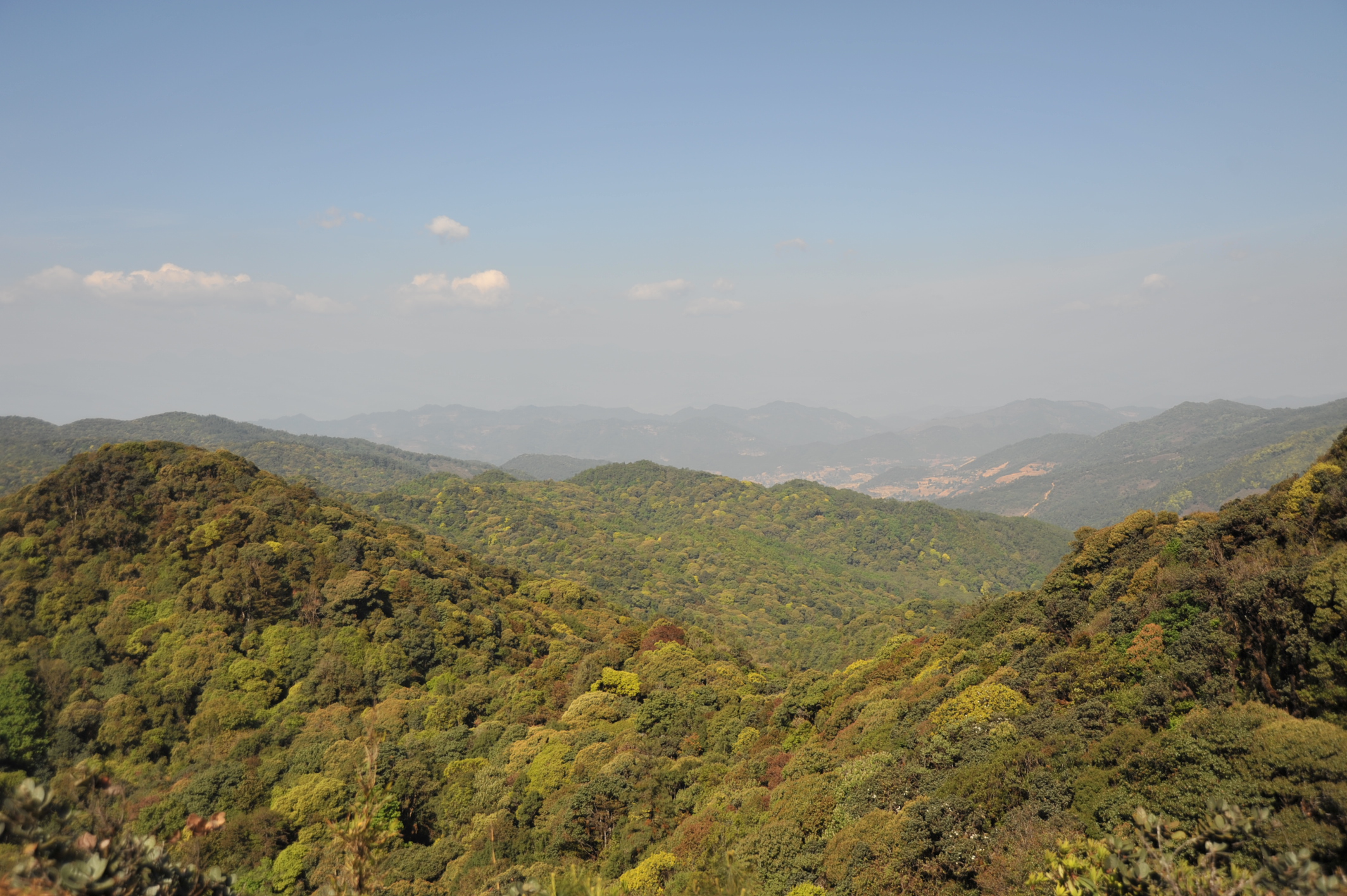
Climate change and biodiversity loss are major and interrelated environmental challenges facing the world today, and species living in transitional areas often show adaptive responses to climate change, making such areas crucial for the long-term biodiversity conservation. Therefore, it is essential to identify both transitional areas and biodiversity hotspots using multifaceted diversity measures to determine areas of overlap that require special conservation attention.
The cinnamon family, Lauraceae, is an important and diverse component of China's evergreen broad-leaved forests, making this family ideal for studying the relationships between areas of high biodiversity and transitional areas in order to identify multifaceted priority areas for conservation.
Accordingly, in a study published in Ecological Indicators, researchers from the Xishuangbanna Tropical Botanical Garden (XTBG) of the Chinese Academy of Sciences integrated geographical distribution, phylogenetic information, and functional diversity data to provide a systematic overview of Chinese Lauraceae.
The researchers first mapped and then identified spatial patterns of species richness, phylogenetic diversity, and functional diversity. Using these parameters, they then defined areas of neo- and paleo-endemism for Chinese Lauraceae and identified priority areas for conservation.
These multidimensional diversity patterns showed that for Chinese Lauraceae spatial patterns of species, evolutionary, and functional levels vary considerably among assemblages. Areas of paleo-endemism were identified in the border region of Yunnan and Guangxi, while neoendemic regions occurred mainly along the Yarlung Zangbo River and the Himalayas in southern Tibet.
Diversity hotspots were also found to overlap with evergreen broad-leaved forests transition zones, highlighting the importance of transition zones for conservation in areas with diverse vegetation types.
"To increase conservation effectiveness under a changing climate, multi-dimensional assessments of diversity are desirable to improve the resolution of species patterns and provide better insights into both diversity and phylogenetically based conservation efforts," said LI Jie of XTBG.


86-10-68597521 (day)
86-10-68597289 (night)

52 Sanlihe Rd., Xicheng District,
Beijing, China (100864)

